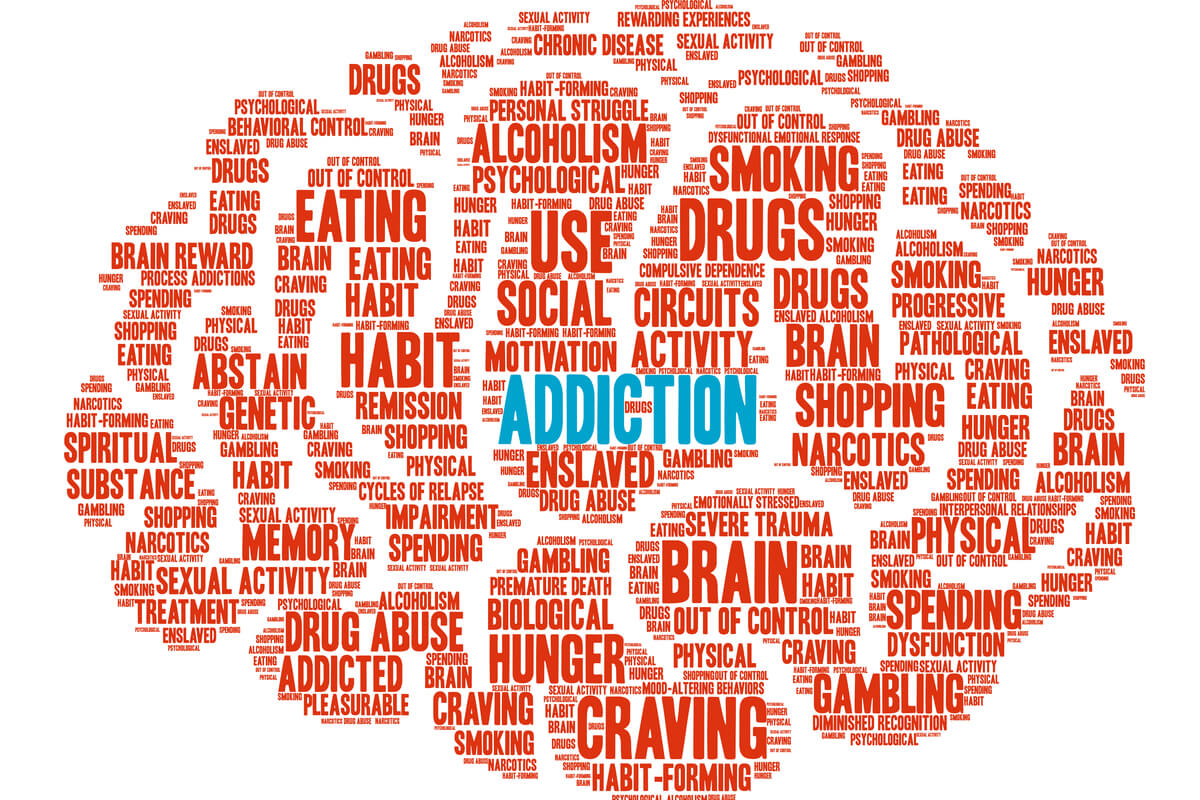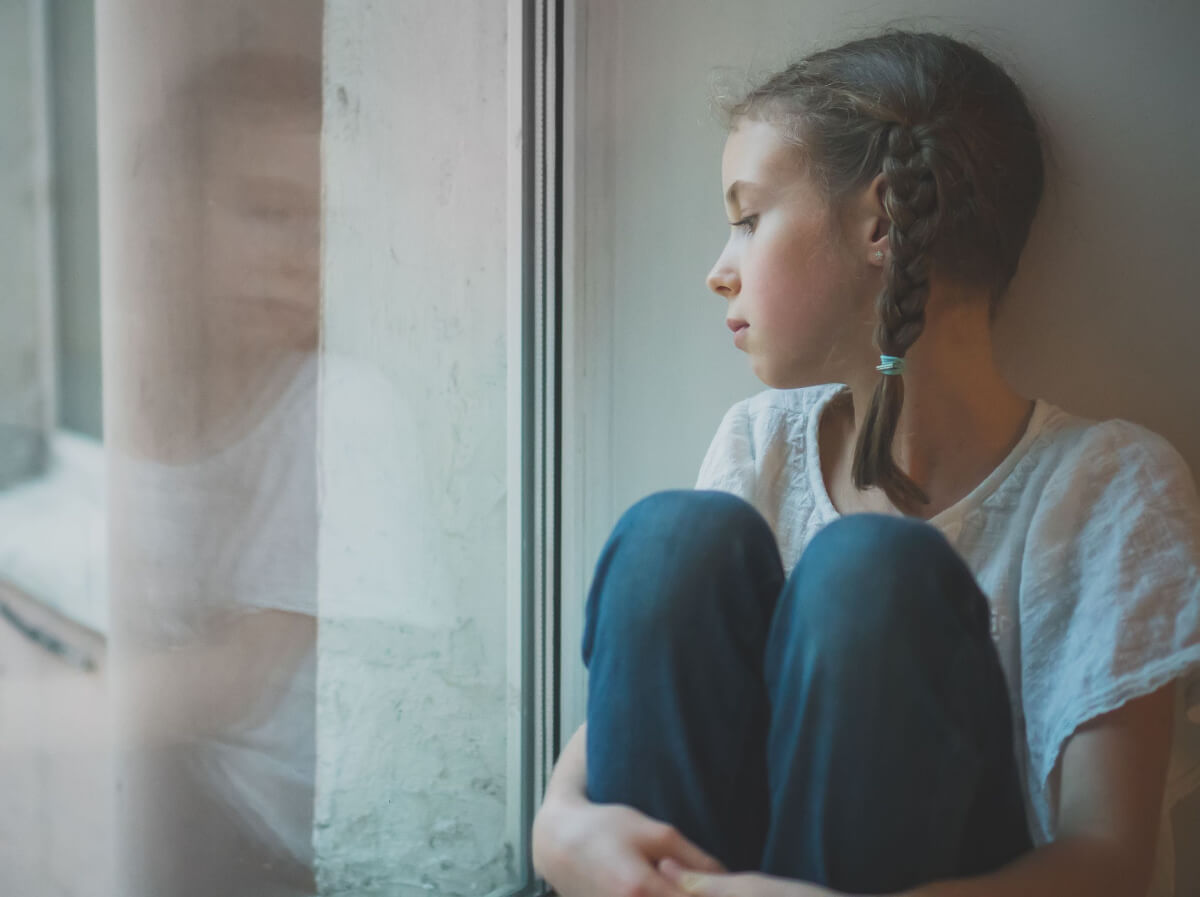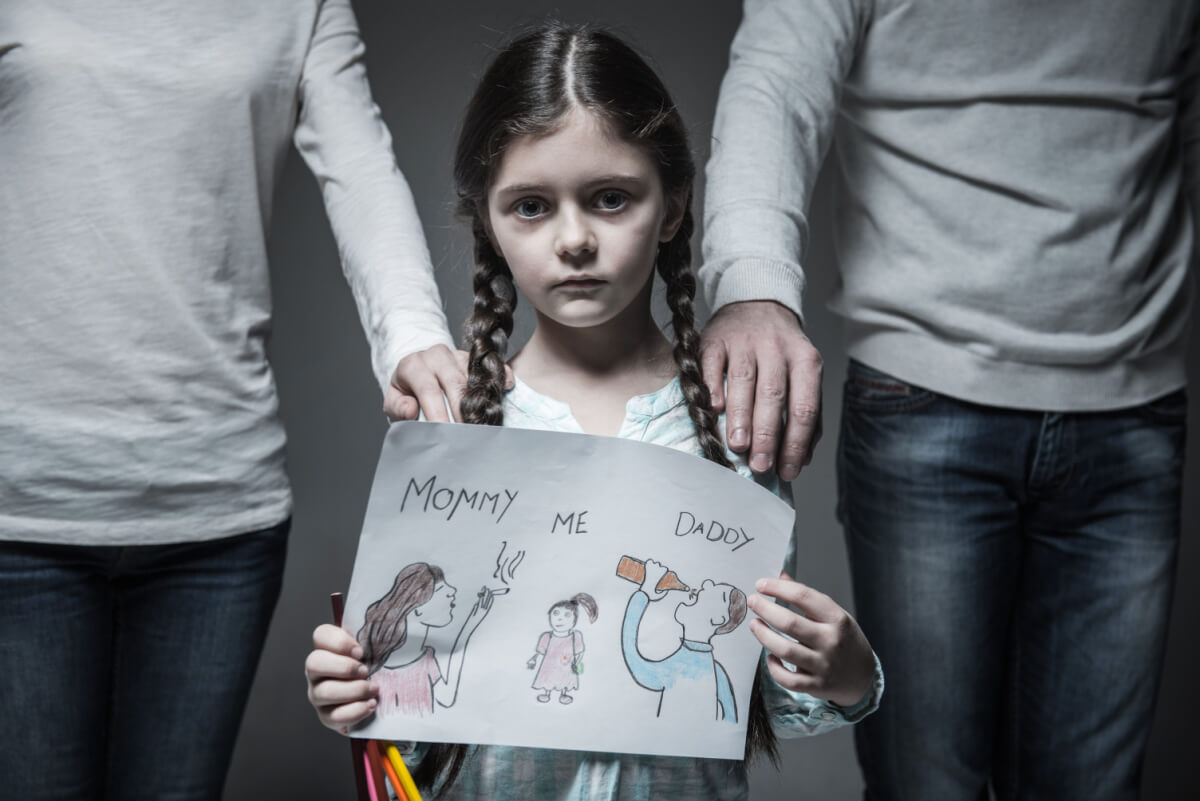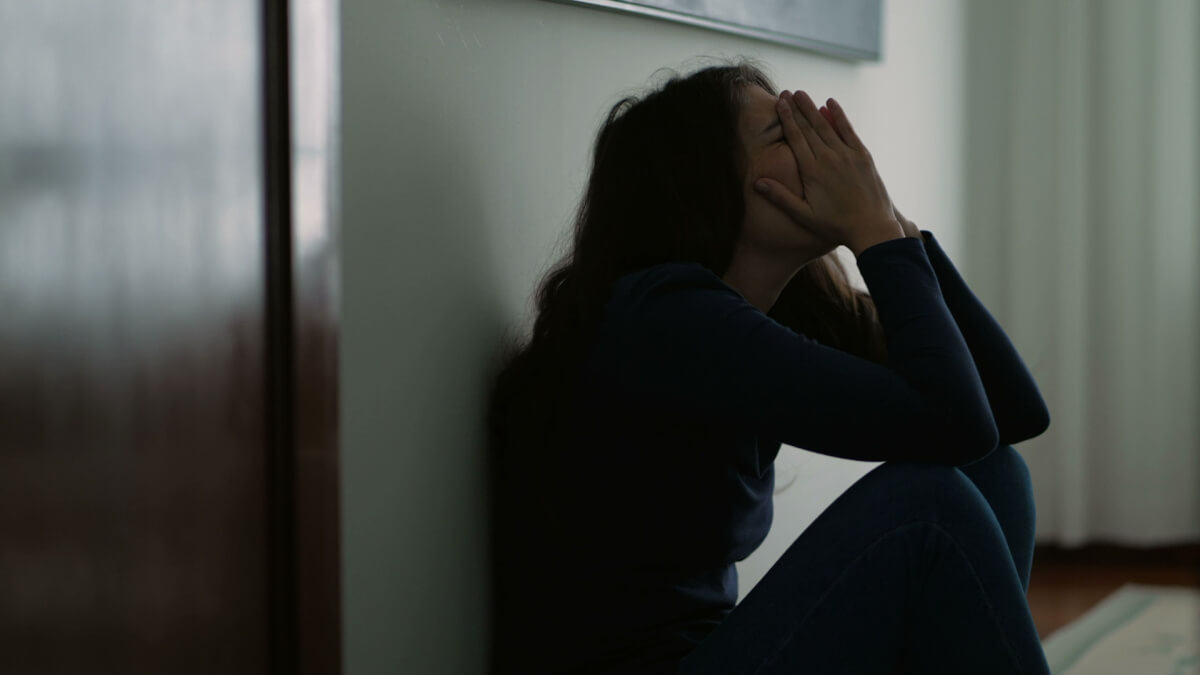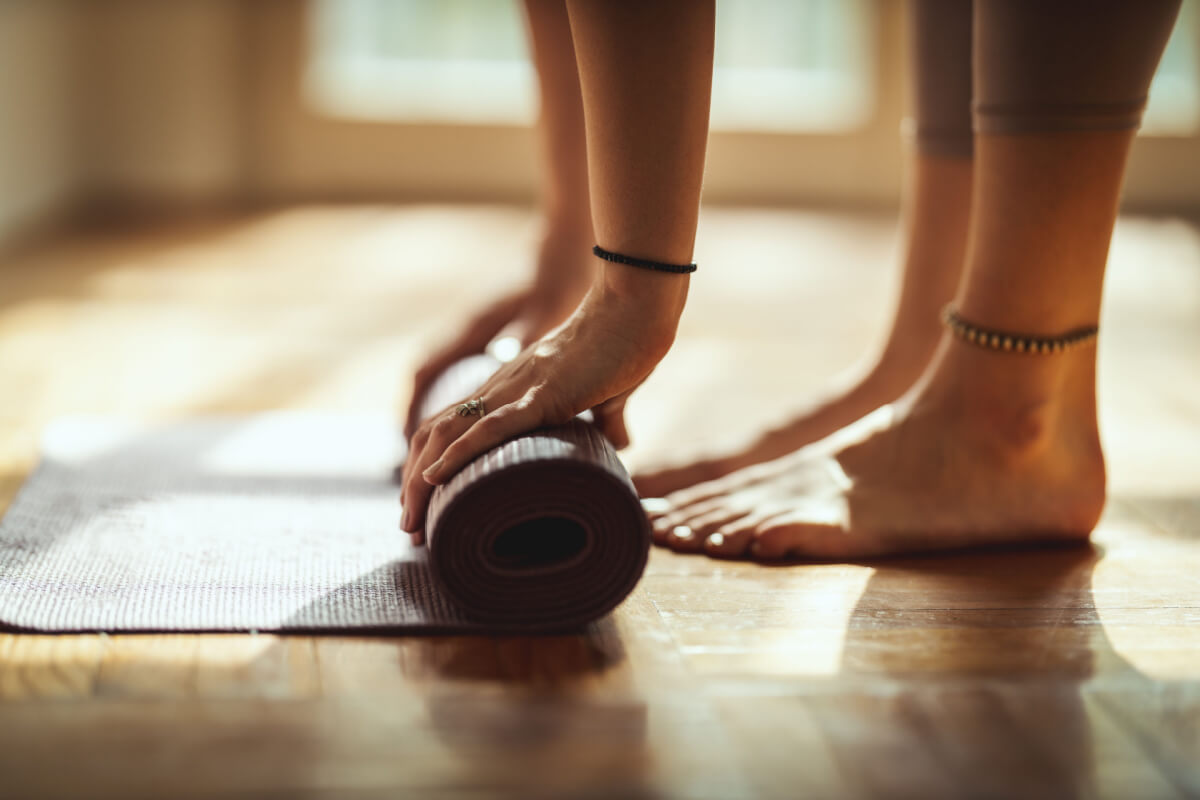
Intimate partner violence (IPV) and addiction are interrelated.Study after study has proven that substance misuse increases the chance of violence in the home.
In one study, 92% of perpetrators used substances on the day of the assault.[1] In another, the odds of an attack were 8 to 11 times higher on days the perpetrator used substances.[1]
The connection doesn’t stop with perpetrators. Victims are more likely to use substances to cope with ongoing violence. Children growing up in a household touched by violence are more likely to misuse substances as adults.
Perpetrators of IPV and Substance use
Every nine seconds in the United States, a woman experiences IPV.[2] Each attack can be multifactorial, but adding substance misuse to the mix can greatly increase the risk of IPV.
Addiction and domestic violence are highly linked. People with high levels of anger and poor anger-management skills are more likely to develop a substance use disorder.[3] Substance use can make a perpetrators mood more volatile and put them at risk for committing IPV. Substance misuse is more likely in impulsive people.[4] They tend to act without considering the consequences, and once they start using drugs, they may be unable to stop.
IPV Victims and Substance Use
Men and women who experience IPV are also more likely to use substances. This is probably in part due to a desire to cope with the chronic stress of fearing violence from their partners. [4]
Witnesses of IPV and Substance Use
Every year, an estimated 3 million children witness domestic violence.[5] Someone who hits you might also hit your children.
Up to two-thirds of child abuse cases involve some type of substance misuse.[6]Intimate violence is generational.[5] Children who are abused or who observe abuse between their parents grow into adults who are again abused or perpetrate abuse. They are also at higher risk of developing a substance use disorder [5].
Children who grow up in households like this have a higher risk of the following:
- Becoming abusers: Children who witness domestic violence may believe violent behavior is acceptable.
- Becoming abused: Childhood abuse is a predictor of abuse in adulthood.
- Taking risks: Abused children tend to be more impulsive, leading them to substance misuse.[7]
Victims: What to Do Next
No one plans to enter an abusive relationship. But if your partner hurts you, you have resources at your disposal to get help.
Stopping the cycle isn’t easy, and you will need plenty of support to stay safe. But an abbreviated plan might look like this:
- Disclose: Tell someone you trust about everything happening in your home. Whether you talk to a friend, family member, doctor, or police officer, be as honest and clear as you can about what is happening.
- Create: Develop a personalized safety plan using a template like this.[5] Determine what you’ll do if you decide to leave or take legal action, and detail what steps you’ll take to stay safe.
- Stop: Keep your head clear by stopping all drug and alcohol use. Talk to your doctor if you want to quit but aren’t sure how.
Know that physical or emotional abuse is never your fault. You don’t have to accept the pain and guilt. Start thinking about the life you want, and work with trusted organizations (see our links at the end of this page) as you make plans around leaving a perpetrator or pursuing legal action against him or her.
Perpetrators: What to Do Next
Most articles about domestic violence focus exclusively on the victims. But people who harm their families are hurting too. If you’re one of them, you can take steps to make things better.
Consider the alternative. If you’re convicted of hurting your family, you could face devastating long-term problems, such as these:[8]
- Unemployment: It’s hard to get some jobs with a conviction on your record.
- Education: Some colleges won’t accept people with convictions.
- Community standing: An entry on your permanent record will likely change how family members, friends, and neighbors feel about you.
Some states hold court-ordered programs for domestic violence perpetrators.[9] You’ll have to admit that you hurt people you love, and you’ll have to work hard on changing your behaviors through counseling and support.
You can also work to change your behavior before law enforcement officers get involved. Talk with your doctor about your substance misuse, and ask for help with anger management. Find people you can talk to about what’s happening. You can stop hurting your family, but you have to reach out for help.
Common Barriers to Treatment
Perpetrators and their victims are often both reluctant to get help. These couples are tied together by the experiences they share, and breaking their silence can seem almost impossible.
Couples may struggle with these issues:
- Shame: Hitting a partner, or allowing someone to hit you, can cause deep feelings of regret. Couples may be unwilling to tell anyone about what happened.
- Childcare: Dealing with a substance use disorder or entering comprehensive counseling programs can mean stepping away from children for a while. Some families have no way to care for their children while they work on getting better.
- Finances: State-run addiction treatment programs may help some low-income families, but others may not qualify for help even when they need it. When law enforcement gets involved, some families must spend a lot of money on lawyers.
Danger: The moment a victim chooses to leave their abuser is often fraught. Abusers will often say or do anything to keep the victim in place, including threatening children and pets. If a victim tries to leave anyway, an attack can quickly follow.[10]
These barriers are real, and it’s easy to see why they could keep you from getting the help you need. Remember that domestic violence rarely fades away independently. If someone is harming you, or you’re harming someone else, reaching out to professional help can be life saving.
Where Do I Go for Help?
Lawyers/Legal professionals
Reach out to legal help if you are pursuing legal action against an abusive partner. They can help with restraining orders, divorce proceedings, custody concerns, and other legal issues related to domestic violence and substance abuse.
Doctors/medical professionals
Remember: if you disclose domestic violence to your doctor, they are legally obligated to keep it confidential unless you give them permission to disclose it. Thus you can always trust confidentiality from your doctor. The one exception to this is if there is risk to a minor or a dependent. This is considered child abuse and clinicians are mandated to report this to authorities.
Law Enforcement
In acute situations of violence, law enforcement is always available. If you have immediate health or safety concerns, call 911 immediately.
National Organizations
Contacting a national organization may also be helpful. A group like this can help you talk through a crisis, and you could get linked to local programs that offer resources and supportHere are some resources to consider:
- National Domestic Violence Hotline
- SAMHSA’s National Helpline
- Childhelp National Child Abuse Hotline
- Crisis Text Line
If you have concerns about your own substance use and IPV or that of a loved one, you deserve support. Reach out to professionals above for further assistance.

By Elena Hill, MD, MPH
Elena Hill, MD; MPH received her MD and Masters of Public Health degrees at Tufts Medical School and completed her family medicine residency at Boston Medical Center. She is currently an attending physician at Bronxcare Health Systems in the Bronx, NY where ... Read More
- Practical Implications of Current Domestic Violence Research: For Law Enforcement, Prosecutors, and Judges. U.S. Department of Justice. https://www.ojp.gov/pdffiles1/nij/225722.pdf. June 2009. Accessed April 2022.
- 11 Facts About Domestic and Dating Violence. Do Something. https://www.dosomething.org/us/facts/11-facts-about-domestic-and-dating-violence. Accessed April 2022.
- Relationship Between Anger and Drug Addiction Potential as Factors Affecting the Health of Medical Students. Journal of Education and Health Promotion. https://www.ncbi.nlm.nih.gov/pmc/articles/PMC6745884/. 2019. Accessed April 2022.
- Insight Into the Relationship Between Impulsivity and Substance Abuse Using Animal Models. Alcoholism: Clinical and Experimental Research. https://www.ncbi.nlm.nih.gov/pmc/articles/PMC3380443/. June 2012. Accessed April 2022.
- The Relationship Between Intimate Partner Violence and Substance Use. National Center on Domestic Violence, Trauma, and Mental Health. http://www.nationalcenterdvtraumamh.org/wp-content/uploads/2014/09/IPV-SAB-Final202.29.1620NO20LOGO-1.pdf. 2015. Accessed April 2022.
- Substance Abuse Treatment and Domestic Violence. Substance Abuse and Mental Health Services Administration. https://store.samhsa.gov/sites/default/files/SAMHSA_Digital_Download/SMA12-3390_508.pdf. 2012. Accessed April 2022.
- Child Maltreatment Statistics. American Society for the Positive Care of Children. https://americanspcc.org/child-maltreatment-statistics/. Accessed April 2022.
- Deferred Prosecution. Kane County Illinois State's Attorney's Office. http://saopublic.co.kane.il.us/Pages/SecondChance.aspx. Accessed April 2022.
- Fact Sheet: Substance Abuse and Domestic Violence. Center for Court Innovation. https://www.supremecourt.ohio.gov/JCS/domesticViolence/topics/DVCourts/DVSubstanceAbuse.pdf. Accessed April 2022.
- Why Do Victims Stay? NCADV. https://ncadv.sitewrench.com/why-do-victims-stay. Accessed April 2022.
- Home. National Domestic Violence Hotline. https://www.thehotline.org/. Accessed April 2022.
- SAMHSA's National Helpline. Substance Abuse and Mental Health Services Administration. https://www.samhsa.gov/find-help/national-helpline. March 2022. Accessed April 2022.
- Home. The Childhelp National Child Abuse Hotline. https://childhelphotline.org/. Accessed April 2022.
- Home. Crisis Text Line. https://www.crisistextline.org/. Accessed April 2022.
Download Our Free Program Guide
Learn about our program, its effectiveness and what to expect
Related articles
Imagine what’s possible on the other side of opioid use disorder.
Our science-backed approach boasts 95% of patients reporting no withdrawal symptoms at 7 days. We can help you achieve easier days and a happier future.
